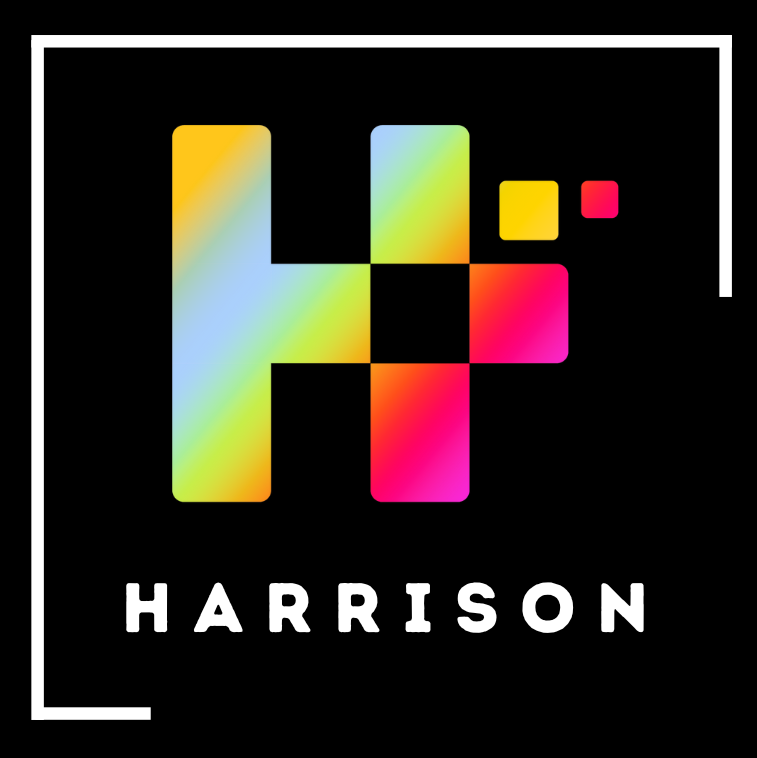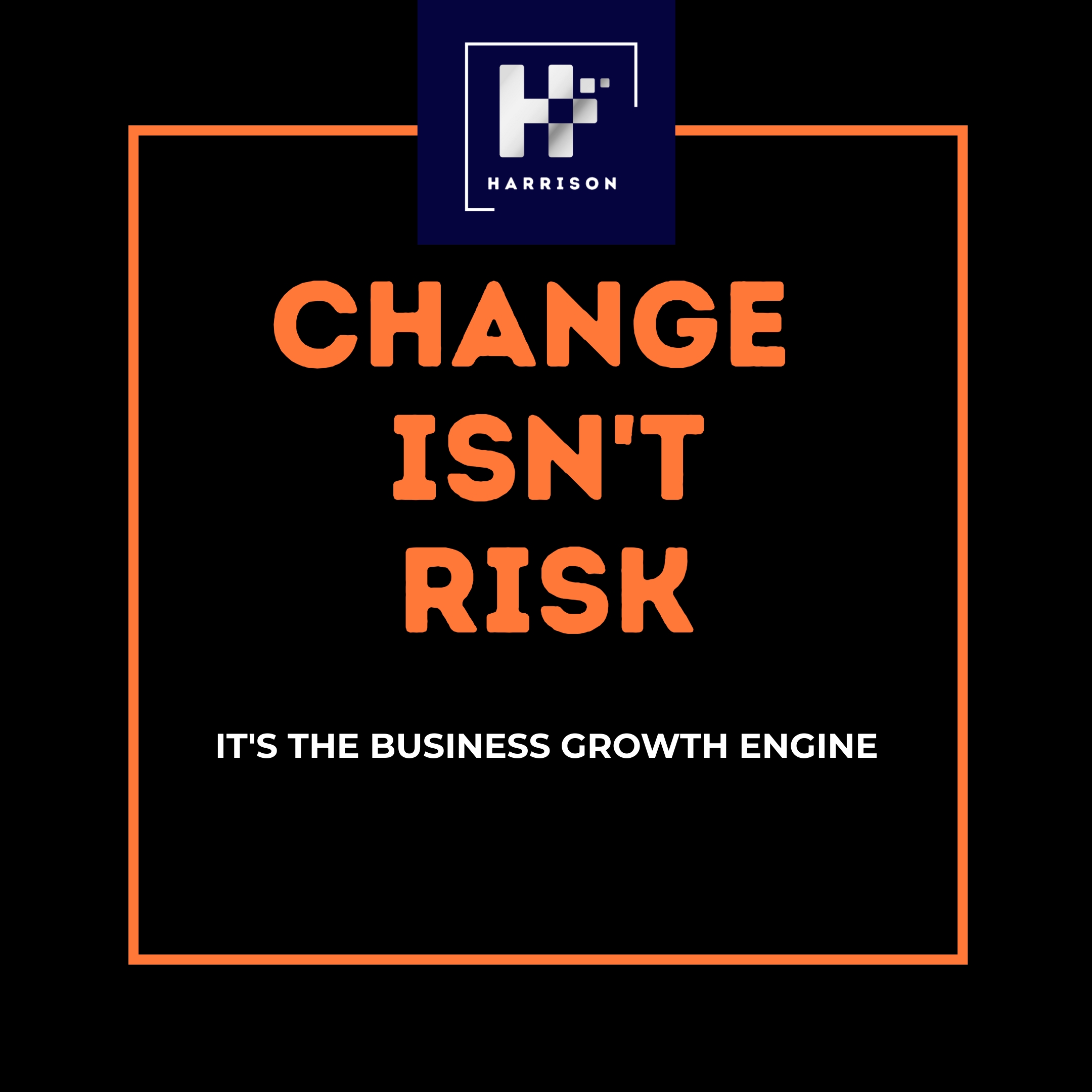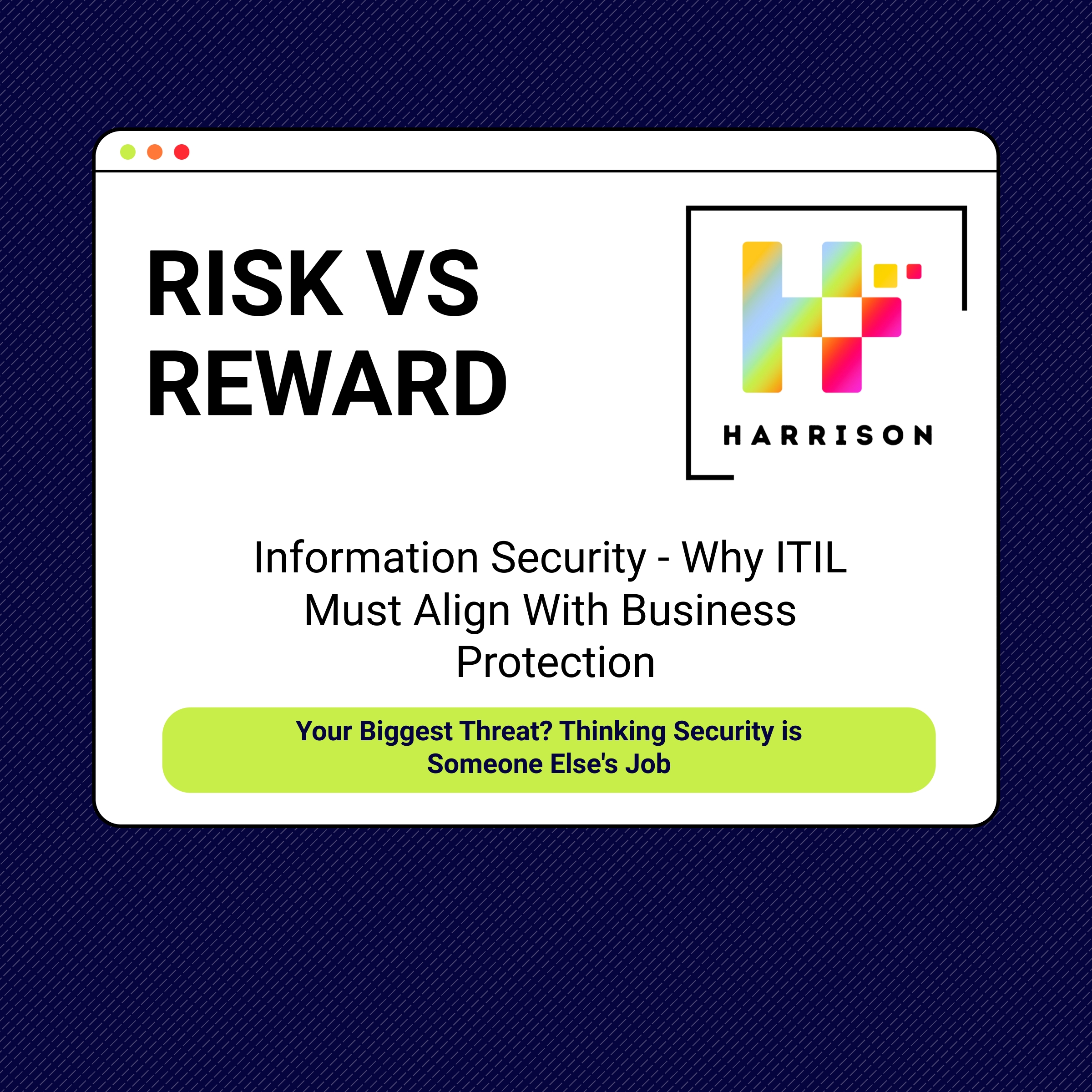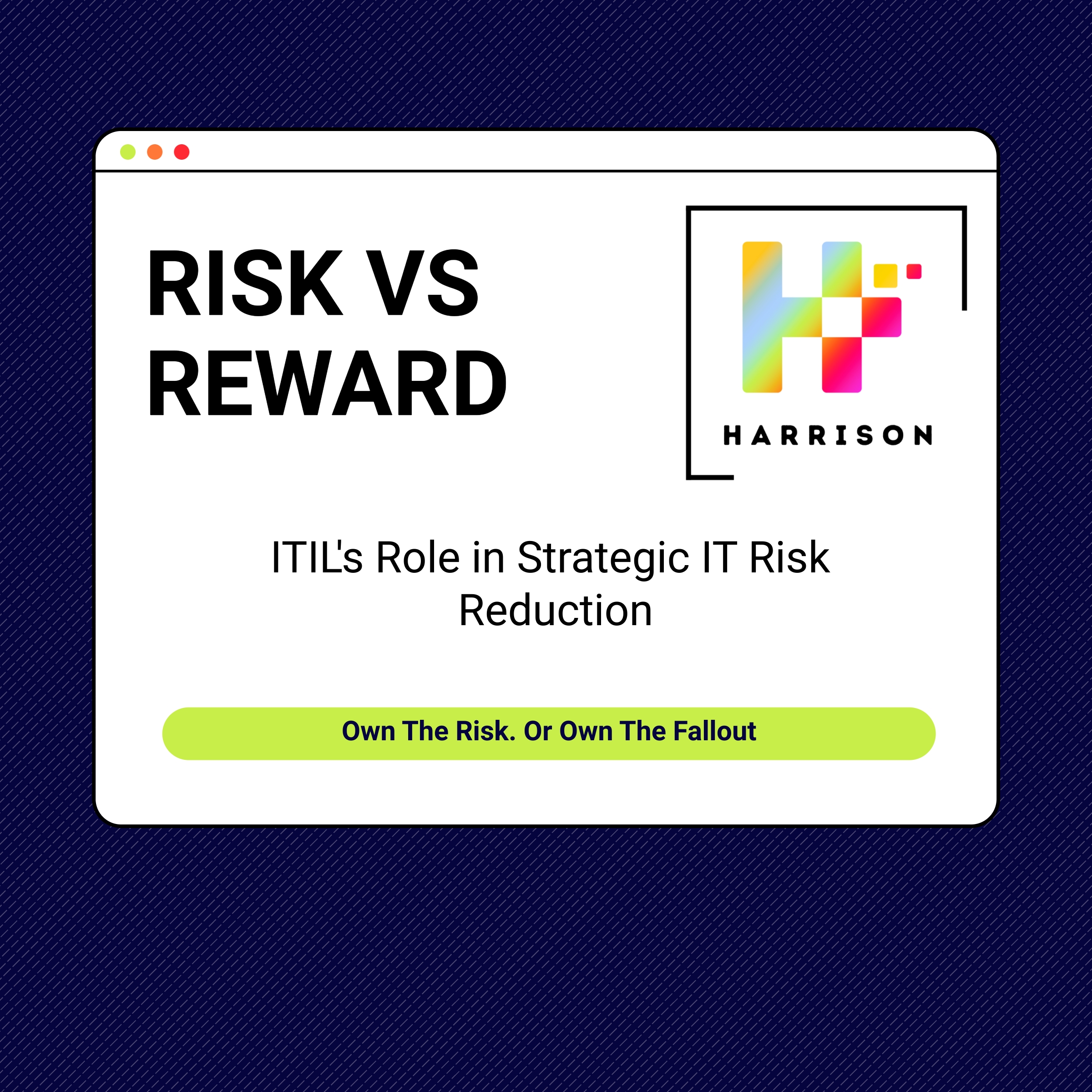Maximising Efficiency and Savings: The Power of Software Asset Management
In today’s digital age, software has become the backbone of almost every organisation’s operations. From communication to data analysis, software applications play a pivotal role in enhancing productivity and driving innovation. However, this increased reliance on software comes with its own set of challenges, particularly when it comes to managing software assets effectively. This is where Software Asset Management (SAM) steps in – a strategic approach that not only ensures compliance but also optimises costs and maximises efficiency.
Understanding Software Asset Management (SAM)
Software Asset Management is a comprehensive practice that encompasses the procurement, deployment, maintenance, utilisation, and retirement of software applications within an organisation. It involves the systematic tracking, monitoring, and control of software licences and usage to ensure compliance with licensing agreements, security standards, and budgetary considerations.
At its core, SAM aims to answer crucial questions, such as:
- What software is currently in use across the organisation?
- How many licences do we own for each software?
- Are we compliant with software licensing agreements?
- Are we using software efficiently and effectively?
- Are there opportunities to consolidate or eliminate redundant software?
A well-implemented SAM program can help businesses save money, improve compliance, and reduce risk. Here are some of the benefits of SAM for businesses:
- Cost Optimisation: SAM enables organisations to eliminate unnecessary software, avoid over-purchasing licences, and negotiate better deals with software vendors. By gaining visibility into software usage, companies can make informed decisions about licensing options, leading to significant cost savings.
- Compliance and Risk Mitigation: Non-compliance with software licensing agreements can result in hefty fines and reputational damage. SAM ensures that organisations adhere to licensing terms, minimising legal and financial risks.
- Enhanced Productivity: Understanding software usage patterns helps organisations allocate licences more effectively. This prevents licence shortages that can disrupt workflows and hinder productivity.
- Security Strengthening: Outdated software can pose security vulnerabilities. SAM assists in identifying and updating software that might be at risk, ensuring a more secure digital environment.
- Strategic Planning: By analysing software usage data, organisations can make informed decisions about software investments. This strategic approach aids in aligning software choices with business goals.
Challenges and Future Trends
Implementing SAM might encounter challenges such as initial setup costs, resistance to change, and the complexity of software licensing agreements. However, the long-term benefits far outweigh these challenges.
As technology continues to evolve, SAM practices are also adapting. Cloud-based subscriptions, pay-as-you-go models, and remote work arrangements have altered the software landscape. SAM must now extend its reach to manage software across various environments, including on-premises, cloud, and hybrid setups.
What are the typical steps of a SAM Implementation Process?
- Inventory and Discovery: Begin by identifying all software assets within the organisation, including licensed software, open-source software, and even unauthorised software (shadow IT). Automated discovery tools can streamline this process.
- Licence Management: Match software installations with available licences. This step involves understanding licensing terms and conditions and ensuring compliance with them.
- Usage Analysis: Collect data on how software is used across different departments and teams. This helps identify underutilised or redundant software.
- Optimisation: Based on usage data, make informed decisions about software licence allocation, renewals, and potential consolidation or retirement of redundant applications.
- Continuous Monitoring: Software environments change over time. Continuously monitor software usage, licence compliance, and emerging risks to maintain an optimised SAM strategy.
If you are a business owner or IT manager, you should consider implementing a SAM program. But where do you start? That’s where Harrison comes in.
Harrison is a leading provider of SAM services. We have a team of experienced consultants who can help you assess your current SAM practices and develop a plan to improve them. We can also help you implement and manage your SAM program.
- We have helped many businesses implement and manage successful SAM programs.
- Our consultants have extensive experience in SAM and can help you assess your current practices, develop a plan, and implement and manage your program.
- We use the latest SAM tools and technology to help you get the most out of your SAM program.
- We are flexible and can work with you to customise a SAM program that meets your specific requirements.
- We will work with you every step of the way to ensure that your SAM program is a success.
Why implement Software Asset Management?
Software Asset Management is more than just a compliance exercise; it’s a strategic initiative that empowers organisations to optimise costs, enhance security, and boost productivity. By implementing SAM, businesses can gain control over their software landscape, make informed decisions, and align their technology investments with their broader organisational goals. As the digital world evolves, SAM will remain a vital tool for maintaining control, minimising risks, and maximising the value of software assets.
If you are looking for a reliable and experienced partner to help you with your SAM needs, then Harrison is the right choice for you. Contact us today to learn more.
Follow us
Latest articles
November 27, 2025
November 27, 2025
November 27, 2025
November 27, 2025
November 27, 2025
November 27, 2025








